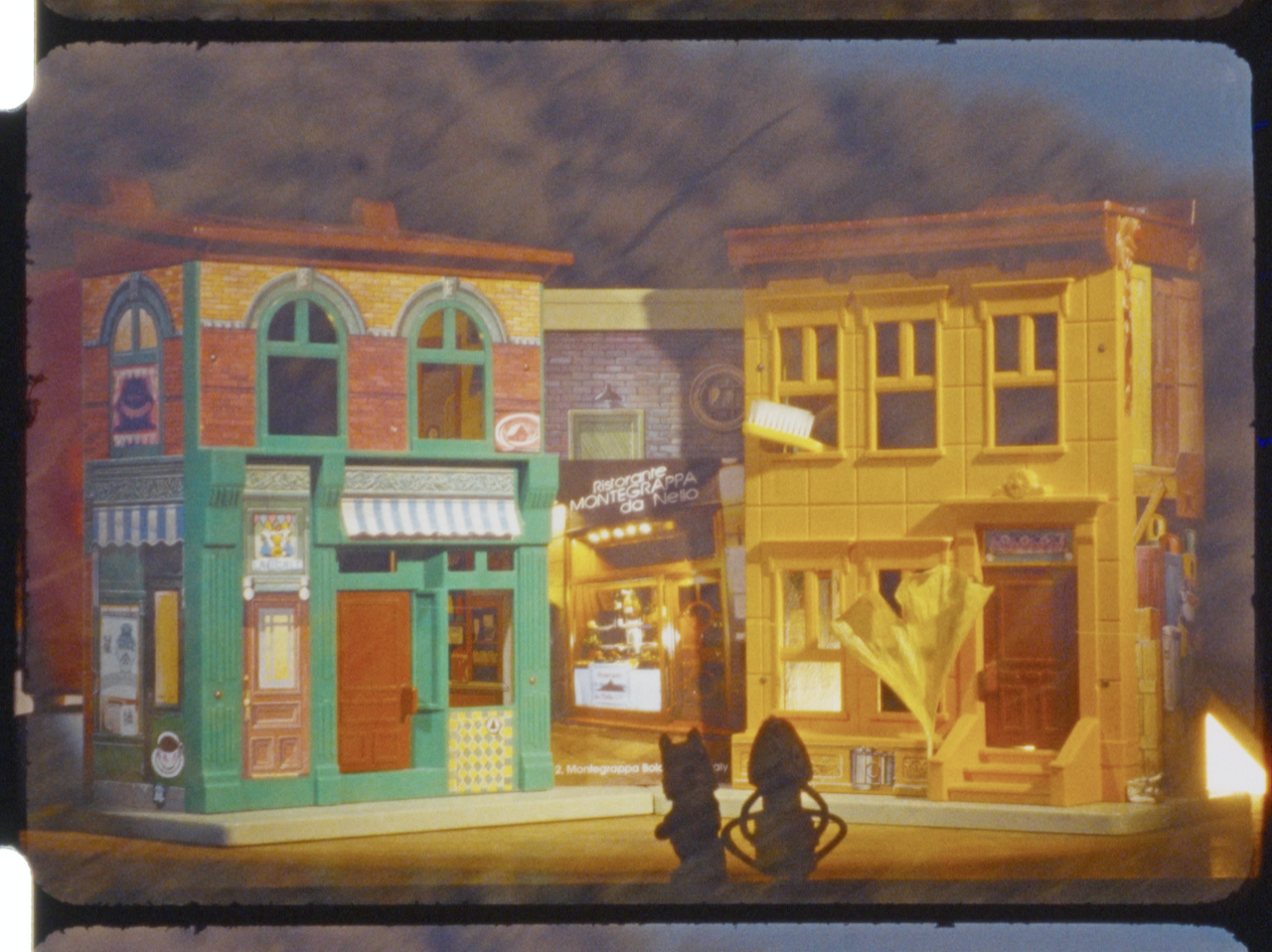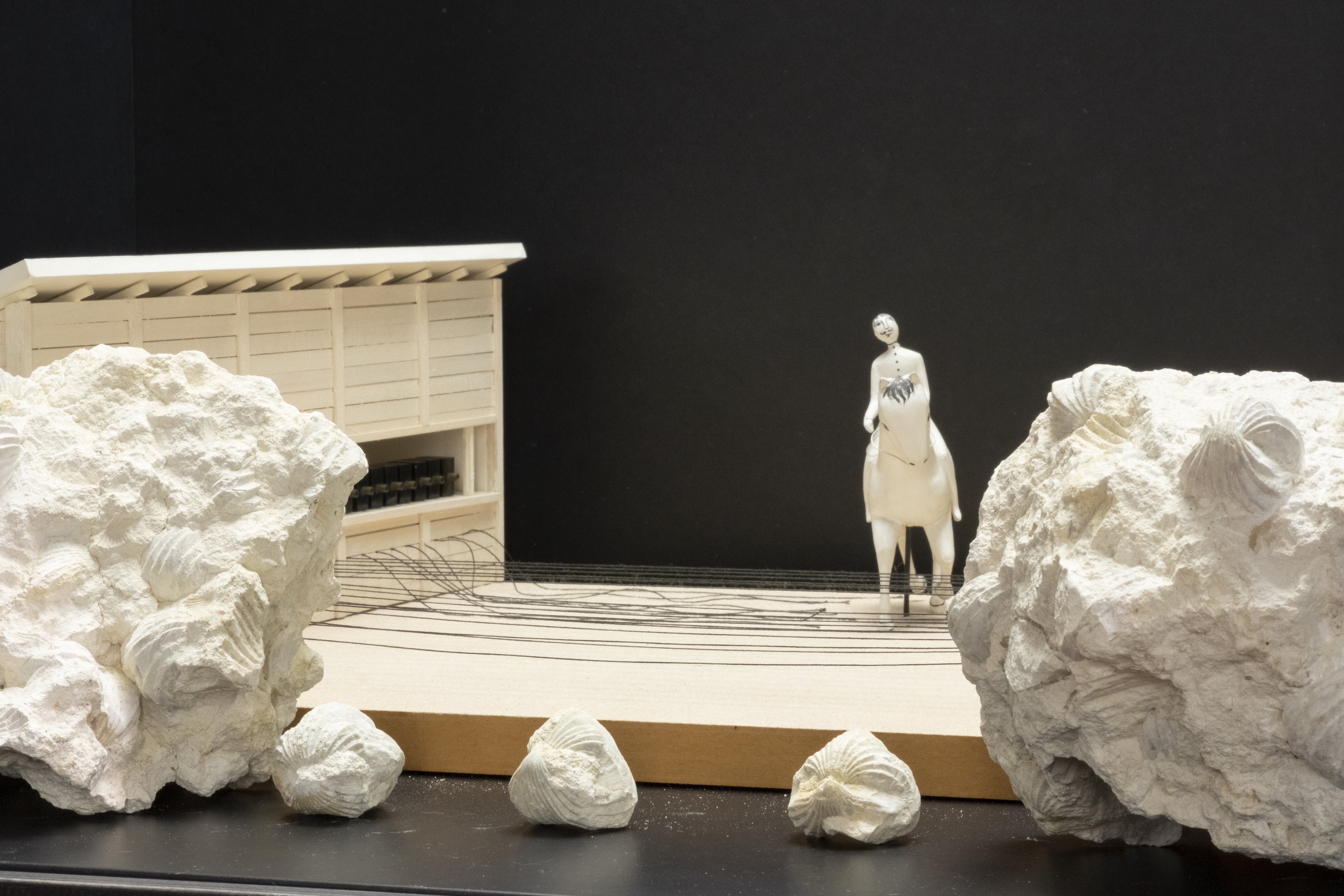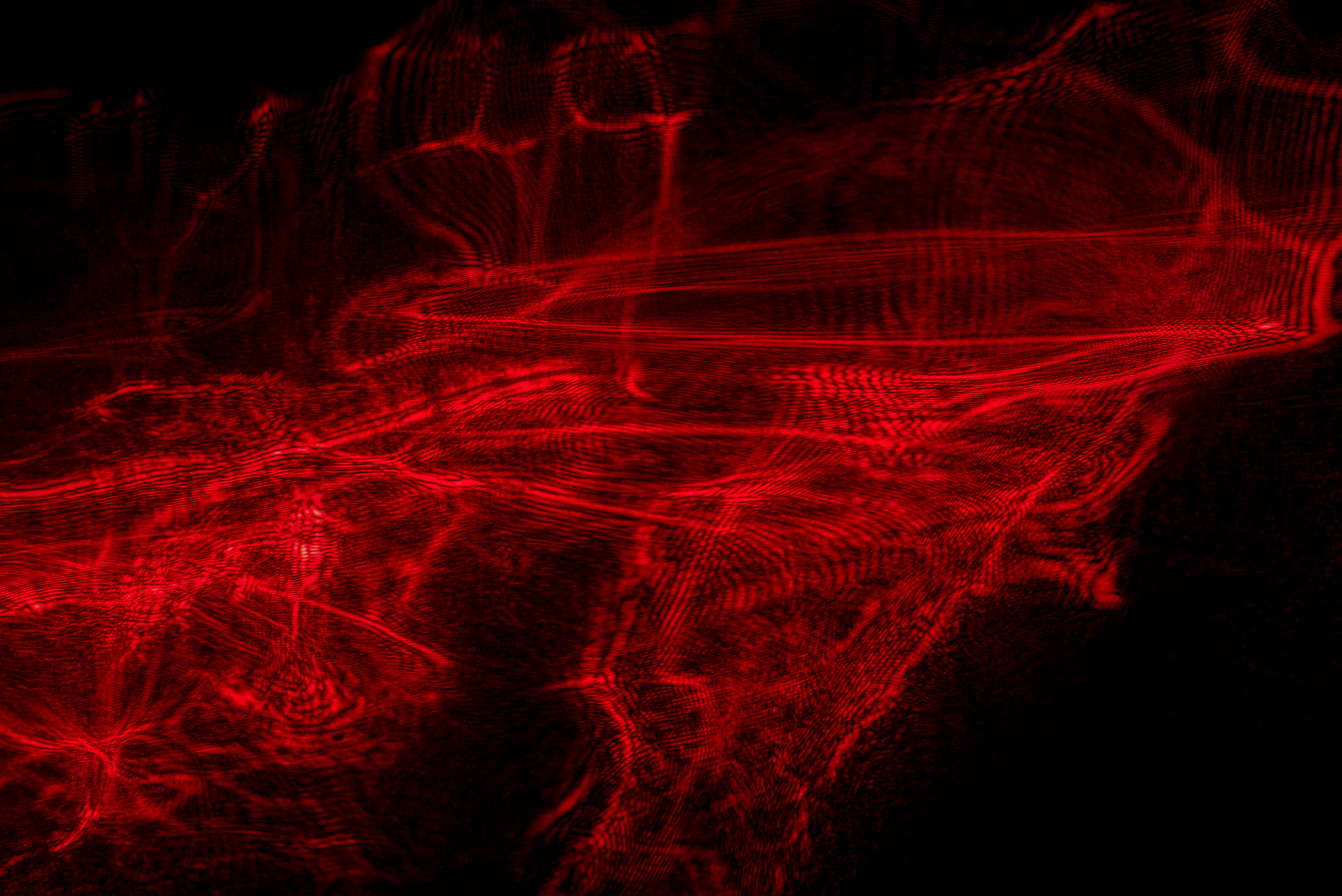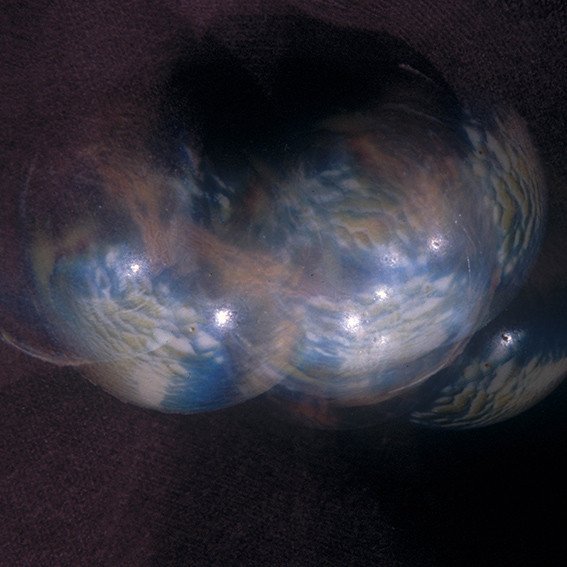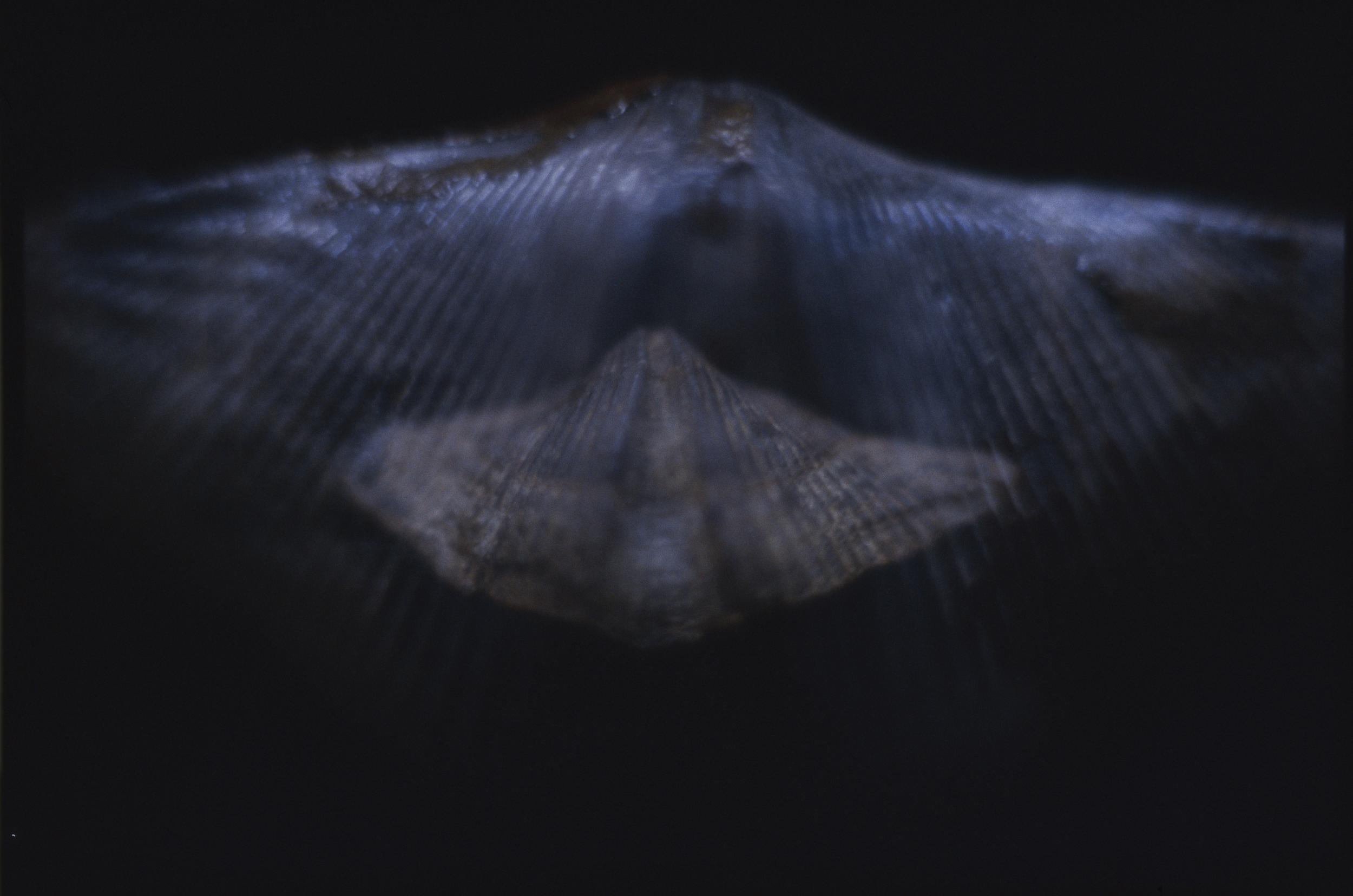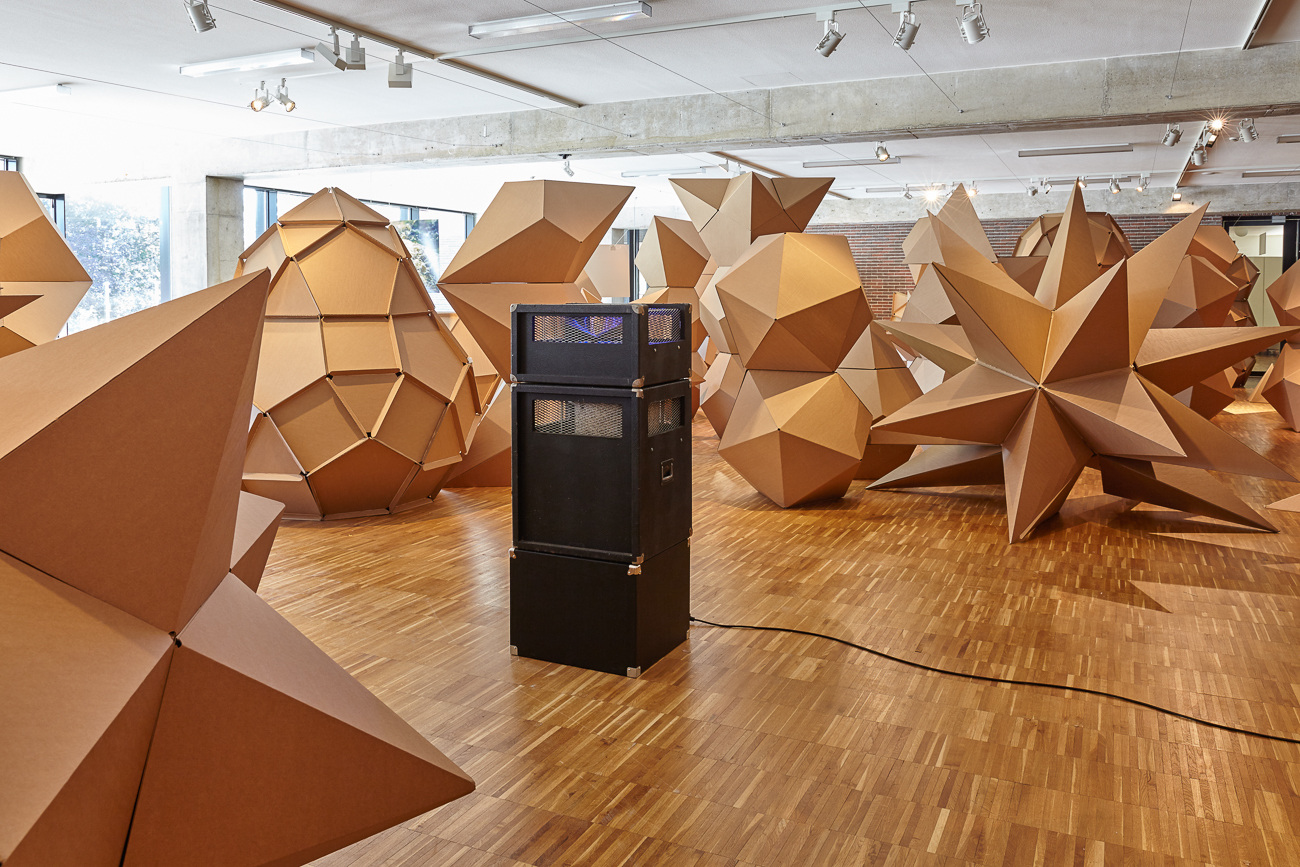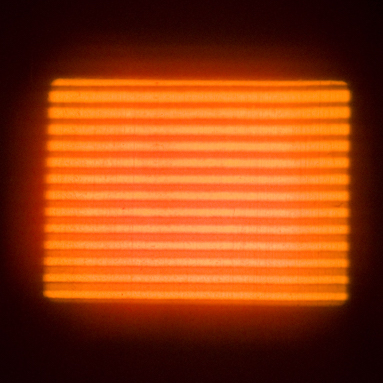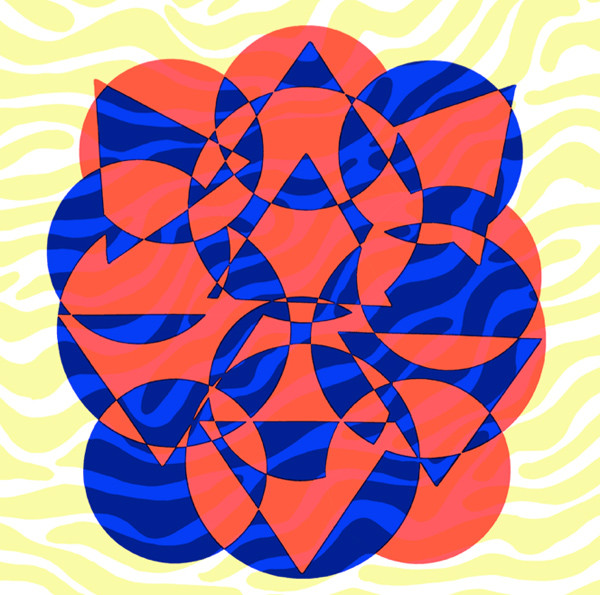Antenna
installation
Year: 2022
installation
Year: 2022
Ever- present electromagnetic waves that fly through the air (imploding stars, far away lightning storms, planes, traffic, our phones etc) are picked up by the antenna and translated to small electromagnets that make strings of the piano sing.
How can a visible object relate to the huge invisible spectrum?
A grand piano stands on its side, with a hexagonal antenna mounted on top.
Electromagnetic waves received by the antenna are translated to small electromagnets that make the strings vibrate.
During a thunderstorm, while listening to classical music on the radio, the lightning strikes became audible as cracks and pops.
This way I got interested in the omnipresence of electromagnetic waves.
Those waves are always there, constantly going through the air, walls, our bodies,... like another dimension.
I got triggered by Alvin Lucier’s Sferics, a recording of natural radio-frequency emissions in the ionosphere.
In his liner notes Lucier referenced a book by Calvin Graf that got me making VLF antennae for receiving waves and electromagnets for sending waves.
When listening to the waves there was lots of noise and man made communication channels, for example beeps from weather balloons but also ongoing warfare. This endless noise source, even larger than the internet, inspired me to research and finetune electromagnetic waves and to connect them to the non-compatible medium of the grand piano.
By placing the piano on its side the mechanism of the keys and hammers based on gravity, doesn't work anymore.
My antenna and coils that electromagnetically push and pull the piano strings hundreds of times per second, give the piano a new function. The resulting sounds, like harmonic glissandi, are unachievable on a normal piano.
By turning the knob on a normal radio, a variable capacitor is tuned to one frequency. Most humans like listening to a single radio frequency. Through Software Defined Radio, my antenna is tuned to 32 frequencies of the electromagnetic spectrum, so the computer listens to 32 frequencies at the same time.
These taps are converted back into electromagnetic vibrations via coils with copper windings.
When Antenna is presented, I select 32 frequency bands with interesting reception specific for the location.
I also choose which strings and frequencies are played on the piano.
The dynamics, rhythm and polyphony are determined by the electromagnetic waves present in the air.
In a time when all things are wirelessly connected, this installation invites to stand still and listen how a mechanical instrument can sound at the end of the information age. To see and hear how an object that is not of this time reacts to omnipresent waves.
Antenna was coproduced between KIKK, STUK, CCHA, KU Leuven, and Overtoon.
Dieter Verbruggen, doctoral researcher at KU Leuven helped with Software defined radio programming. Kris Delacourt helped with woodwork and initial signal routing. Dr Andrew McPherson, professor at Queen Mary University of London and inventor of the magnetic resonator piano, provided custom made electromagnets.
